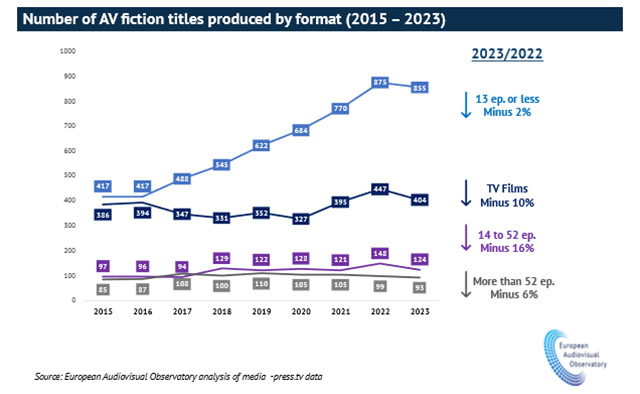Travel
Planning a trip to Europe? New ETIAS rules affect travelers in 2025

Travel tips: What to do if you lose phone, passports
These four travel tips will help in case you find yourself without a phone, ID, passport or credit card while traveling.
Problem Solved
If you’re planning a romantic trip to Paris or want to see your favorite Premier League club play in England, you’ll need to know about some new rules before traveling to Europe.
Starting in the first quarter of 2025, the European Travel Information and Authorization System requires all U.S. citizens to register with ETIAS prior to traveling to European countries.
Not sure what ETIAS is? This is what you need to know.
What is ETIAS?
As per the European Union, the ETIAS travel authorization is a mandatory entry requirement for visa-exempt travelers visiting any of the 30 European countries. It is electronically linked to the traveler’s passport and remains valid for up to three years or until the passport expires, whichever occurs first. If you obtain a new passport, you must apply for a new ETIAS authorization.
Why is the European Union requiring this?
The requirements for entering Europe are changing primarily for security, migration management, and border control reasons. The European Union is introducing the ETIAS to better monitor travelers from visa-exempt countries. Here are some key reasons for the change:
- Enhanced security: ETIAS is designed to strengthen the EU’s security by screening travelers before they enter and identifying potential risks such as terrorism, organized crime, or illegal immigration.
- Improved border control: By requiring pre-travel authorization, the EU aims to improve border management and streamline the entry process for travelers, reducing delays at border checkpoints.
- Migration management: The system will help EU countries better manage migration flows by collecting information on travelers from visa-exempt countries before they arrive.
- Alignment with global trends: Similar systems, like the U.S. ESTA (Electronic System for Travel Authorization), are already in place in other regions. The EU is adopting ETIAS to stay aligned with global best practices for border security.
- Digital transformation: The move towards digital travel authorization simplifies the process for travelers and authorities alike, creating a more efficient system for handling international arrivals.
What European Countries will require ETIAS?
The new travel authorization is required for anyone entering a member country of Europe’s Schengen area. This currently includes 23 EU member states, six non-EU countries, and three European microstates, covering a total of 32 countries and territories.
The following is a list of countries that require U.S. citizens and those not from Europe to register for ETIAS:
- Austria
- Belgium
- Bulgaria
- Croatia
- Czech Republic
- Denmark
- Estonia
- Finland
- France
- Germany
- Greece
- Hungary
- Iceland
- Italy
- Latvia
- Liechtenstein
- Lithuania
- Luxembourg
- Malta
- Monaco
- Netherlands
- Norway
- Poland
- Portugal
- Romania
- San Marino
- Slovakia
- Slovenia
- Spain
- Sweden
- Switzerland
- Vatican City
ETIAS map
Once the ETIAS is implemented, U.S. citizens and travelers from 60 other countries will need an ETIAS visa waiver for short stays in any Schengen country. This list of eligible countries includes Canada, Mexico, Australia, and many others. ETIAS approval will be required for all travelers, regardless of age, to visit the European Schengen countries.
The map highlights what countries are required to register for ETIAS.
How do you apply for ETIAS? How much does ETIAS cost?
To apply, you’ll need a valid U.S. passport, an email address, and a debit or credit card to pay the nonrefundable €7 ($7.79) application fee, which applies to individuals between the ages of 18 and 70. Family members of EU citizens and those under 18 or over 70 still need an ETIAS but will not be charged.
You can apply here at the ETIAS website.
How long is the ETIAS process?
According to the EITAS website, some ETIAS applications are processed within four days. Delays could occur due to additional information or interviews, extending the processing time to 30 days. You are advised to apply in advance.
How long can you visit with ETIAS?
According to the EU, the ETIAS allows for multiple short stays of up to 90 days within a 180-day period in the Schengen area. This also includes stays of up to one week.
ETIAS is not a visa but an entry requirement, and it is valid for short-term tourism, business, medical, or transit purposes.
If you plan to study in a European country requiring ETIAS for more than 90 days, you will need to obtain a student visa. For shorter study programs, you can apply for ETIAS travel authorization. For more information, please contact the consulate of the country where you intend to study.
Do I still need a Visa to travel to Europe?
No, ETIAS does not require a visa. It is a visa waiver program for travelers from visa-exempt countries. Instead of obtaining a traditional visa, eligible travelers will need to apply for an ETIAS authorization online before traveling to any of the Schengen area countries.









.jpeg?tr=w-1200%2Cfo-auto)
